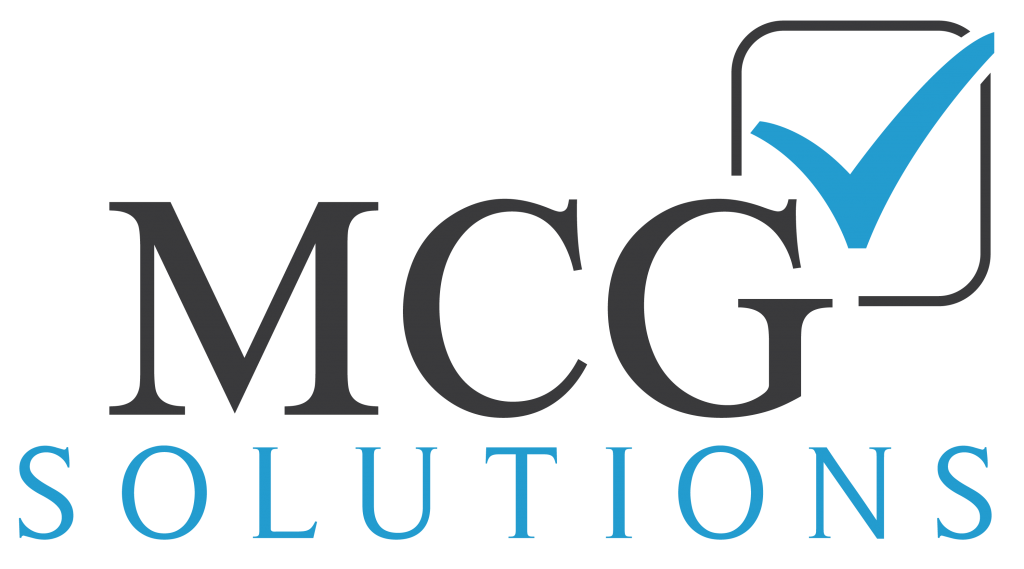The end of the year is a busy time for everyone, especially small business owners. With so much to take care of, including financial statements and upticks in business, it’s easy to miss something important.
Give yourself some peace of mind by using the checklist below. We’ve provided information on end-of-year tasks every small business owner should complete.
Backup all your files
Computer issues have a tendency to occur at inconvenient times, so it’s essential to make backups of all your important files. These files could include client information, creative briefs and emails.
Save these back-ups in a secure place like a cloud-based storage system or external hard drive. It’s also good practice to make hard copies of certain documents. We recommend storing two separate digital copies of an important file in two separate locations with one hard copy.
Provide employees who deal with important files easy access to these storage locations.
Evaluate your employment needs
The end of the year is the perfect time to evaluate your employment needs. Would adding more employees make the business run smoother? If it’s in the budget, consider seeking out new talent to add to your team. Do you have more employees than needed in a certain position? If so, consider creating new roles that best utilize employee skills.
It’s also a good idea to reconsider employee work schedules and hours if you’re overstaffed. Give strong consideration to what would work best for your business’ needs and budget.
Prepare employee incentives
Your staff works hard too, so consider showing your appreciation in the form of paid time off, bonuses and other incentives. This will boost employee morale and help ensure a friendly and hard-working workplace the following year.
Perform an inventory count
An end-of-the-year inventory count is essential for most small businesses. You’ll want to perform this inventory count as close to the end of the year as possible. Ensure all the numbers make sense and if not, conduct an investigation.
Discrepancies in your inventory count could result in major budgetary problems. When investigating, ensure the business is keeping accurate records of inventory. Using a good accounting system or POS system makes managing inventory much easier than doing it manually.
Manage financial records
Get an accurate look at your finances by using accounting software to generate a financial report, which should include a balance sheet, cash flow statement and income statement. This financial report will help you better understand yearly profits, thus informing better business decisions for the following year.
The cash flow statemen shows how much money your business spent throughout the year. Analyze the cash flow and decide if and where you’re spending too much money.
Find balance
With holidays coming up, it’s important to properly balance your time between work and family. Don’t miss out on valuable family time by taking too long on end-of-the-year tasks. Use the checklist above to make sure you finish all tasks in an efficient manner.

